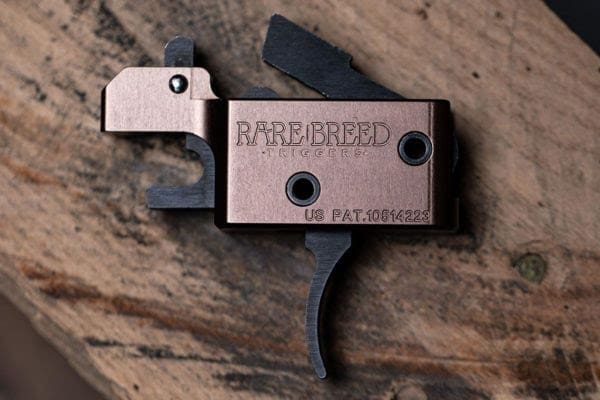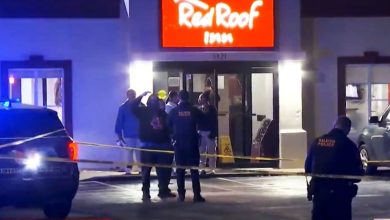Fifth Circuit Panel Questions ATF’s Ban On Forced Reset Triggers

On December 9, a three-judge panel of the Fifth Circuit seemed skeptical regarding the Bureau of Alcohol, Tobacco, Firearms, and Explosives (ATF) classifying forced reset triggers (FRTs) as illegal machine guns. U.S. Circuit Judge Leslie Southwick was seemingly unimpressed by word games and demonstrated unwavering clarity while Justice Department attorney Brad Hinshelwood tried to distract the panel with a half-cocked attempt at sleight-of-hand.
FRTs are after-market triggers that enable shooters to fire a rifle in rapid succession by automatically forcing the trigger forward after the shot, allowing them to quickly actuate the trigger again repeatedly as many times as they choose. The ATF claims they have tested FRTs and determined that they give shooters the ability to discharge a rifle at or above the rate of a military M-16, which is capable of 700 to 970 rounds per minute.
In 2023, a lawsuit was filed challenging the ATF’s broadened definition that arbitrarily classified FRTs as machine guns. The suit, filed by the National Association for Gun Rights, Texas Gun Rights, and joined by several individuals, cited a Texas federal court’s agreement with the U.S. Supreme Court in Garland v. Cargill that bump stocks, which use a firearm’s recoil to cause a trigger to “bump” against the finger and allow a faster rate of fire, do not meet the statutory definition of machine guns.
The National Firearms Act defines machine guns as firing “automatically more than one shot, without manual reloading, by a single function of the trigger.”
In the Texas case, the government argued that the “function of the trigger” should be understood as a single pull by the shooter’s finger, but U.S. District Judge Reed O’Connor found that the trigger returns to the reset position after each shot and requires the function to be repeated for subsequent shots, therefore ruling that FRTs are not machine guns.
Hinshelwood argued, however poorly, that the Texas federal court had incorrectly ruled the ATF exceeded its authority by misapplication of Garland v. Cargill.
“The crucial distinction for these purposes between a non-mechanical bump stock, the devices the court actually opined on, and the specific devices at issue here … is that these devices don’t have a disconnector, they don’t have that component that forces, physically, a need to release and then re-engage the trigger for every shot,” said Hinshelwood.
In Hinshelwood’s defense, his foolishness never really stood a chance in a logical argument with the definition of a machine gun as it stands. Nowhere in the language does it speak of disconnectors or a need to physically release a trigger in the process of causing it to function. Southwick, a George W. Bush appointee, was not buying it.
“It seems to me … you’re trying to get us not to focus on the trigger… Obviously, that’s part of the statute, ‘single function of the trigger,” Southwick said.
Gary Lawkowski, attorney for the plaintiffs, pointed out that the government is attempting to “stretch the definition of machine gun beyond what the statute text will bear, and beyond what the statutory interpretation of Cargill will bear.”
“We understand there are lots of policy reasons why the government … may want to ban FRTs… However, that doesn’t change the statute. Those are great arguments that they are welcome to present to Congress and ask to change the law. However, as the law is written right now … FRTs do not function automatically by a single function of the trigger,” according to Lawkowski.
Southwick was joined on the panel by Senior U.S. Circuit Judge James Dennis, a Bill Clinton appointee, and U.S. Circuit Judge Kurt Engelhardt, a Donald Trump appointee.
Read the full article here






